Welcome to our Polyculture Profile series. During this post, we'll look at a simple tree dish planting, combining flowering bulbs and beneficial herbs to support a fruit or nut tree.
It may be helpful to look over this Polyculture Profile Layout post before or after reading the profile, where we provide a description of the profile layout and some general notes to consider, should you wish to try and grow the polyculture yourself.
Ninurta - Perennial Support Polyculture
Compatible Climate(KCC): C - D
USDA hardiness: 5 - 10
Water needs: Drought tolerant - N.B. water for tree at the center of the polyculture will be required.
Light preferences: Full Sun - Semi Shade
Soil preferences: Light (sandy), medium (loamy) and heavy (clay)
Suitable pH: Acid, neutral and alkaline
Layout: Island
Ninurta is a small support polyculture for tree dish planting, i.e. planting under young trees. It includes two components - a bulb layer of spring and autumn flowering bulbs, and a herb layer of herbs that are attractive to a range of borgs (beneficial organisms) and can be used medicinally as well as in the kitchen.
Overview Image
Want to learn more about Regenerative Landscape Design? Join The Bloom Room!
The Bloom Room is designed to create a space for more in-depth learning, for sharing projects and ideas, for seeking advice and discovering opportunities.
Ultimately, it aims to build a more intimate, interactive, and actionable relationship between members, a way for the Bloom Room community to support each other’s projects and learning journeys, and to encourage and facilitate the design, build, and management of more regenerative landscapes across our planet.
What you can expect as a member of the Bloom Room
As a member of the Bloom Room you can expect;
Access to an interactive forum where you can ask questions, direct what type of content you would like to see as well as share your own content and projects.
Monthly live session featuring general Q&A and tutorials on design software for creating and presenting polycultures.
Live session every month for members to showcase your projects, plans, designs, and gardens, with guest speakers from the community.
Full Access to all of the content on Substack
A 50% discounts on all of our online courses
Future opportunities to join our Global Regenerative Landscape Design and Consultancy Service, with potential roles for those with the will and skill to join our design team.
An opportunity to take part in the group ownership of a Regenerative Landscape. You will find more details on that here.
Become a paid subscriber to our Substack to join. The annual subscription is currently $70 and the monthly subscription is $7 (monthly subscription excludes discounts for products and services) . You can join here, we look forward to meeting you!
Access to an interactive forum where you can ask questions, direct what type of content you would like to see as well as share your own content and projects.
Monthly live session featuring general Q&A and tutorials on design software for creating and presenting polycultures.
Live session every month for members to showcase your projects, plans, designs, and gardens, with guest speakers from the community.
Full Access to all of the content on Substack
A 50% discounts on all of our online courses
Future opportunities to join our Global Regenerative Landscape Design and Consultancy Service, with potential roles for those with the will and skill to join our design team.
An opportunity to take part in the group ownership of a Regenerative Landscape. You will find more details on that here.
Functional components
Productive potential - kitchen herb oregano - Origanum vulgare can be harvested throughout the growing season and yarrow can be harvested for teas and the flowers for drying.
Fertility potential - the bulb component of the polyculture can serve as a mineral dam during the dormant months, capturing nutrients before they leach through the soil profile and depositing them on the surface as the shoot tissue of the bulbous plants decomposes during the growing season and making these nutrients available to the fruit tree and surrounding herbs.
Habitat potential - the flowering bulbs provide an early and late source of nectar for pollinating insects. The herbs provide extended flowering periods, attracting a range of pollinators and pest predators that can offer support in the productive garden.
Access - the access to this polyculture is around the perimeter of the bed and should be a minimum of 50cm wide. Bare earth, grass or other ground cover pathways are suitable.
Species list
Planting
Herb and bulb planting should follow the planting of the central tree.
The bulbs can be placed after the tree and herbs are in, and planted in the gaps between the plants, preferably not too close to the tree stem to avoid collar rot.
Establishment/maintenance
Support Our Project
If you appreciate the work we are doing you can show your support in several ways.
Become a member of the Bloom Room. A $70 annual or $7 per month subscription to our Substack provides you with access to live sessions, design tutorials, a members forum and more, see details here.
Make a purchase of plants or seeds from our Nursery or Online Store
Joining us for one of our Practical Courses or Online Courses
Comment, like, and share our content on social media.
If you appreciate the work we are doing you can show your support in several ways.
Become a member of the Bloom Room. A $70 annual or $7 per month subscription to our Substack provides you with access to live sessions, design tutorials, a members forum and more, see details here.
Make a purchase of plants or seeds from our Nursery or Online Store
Joining us for one of our Practical Courses or Online Courses
Comment, like, and share our content on social media.
We offer a diversity of plants and seeds for permaculture, forest gardens, and regenerative landscapes including a range of fruit and nut cultivars. We Deliver all over Europe from Nov - March. - Give a happy plant a happy home :)

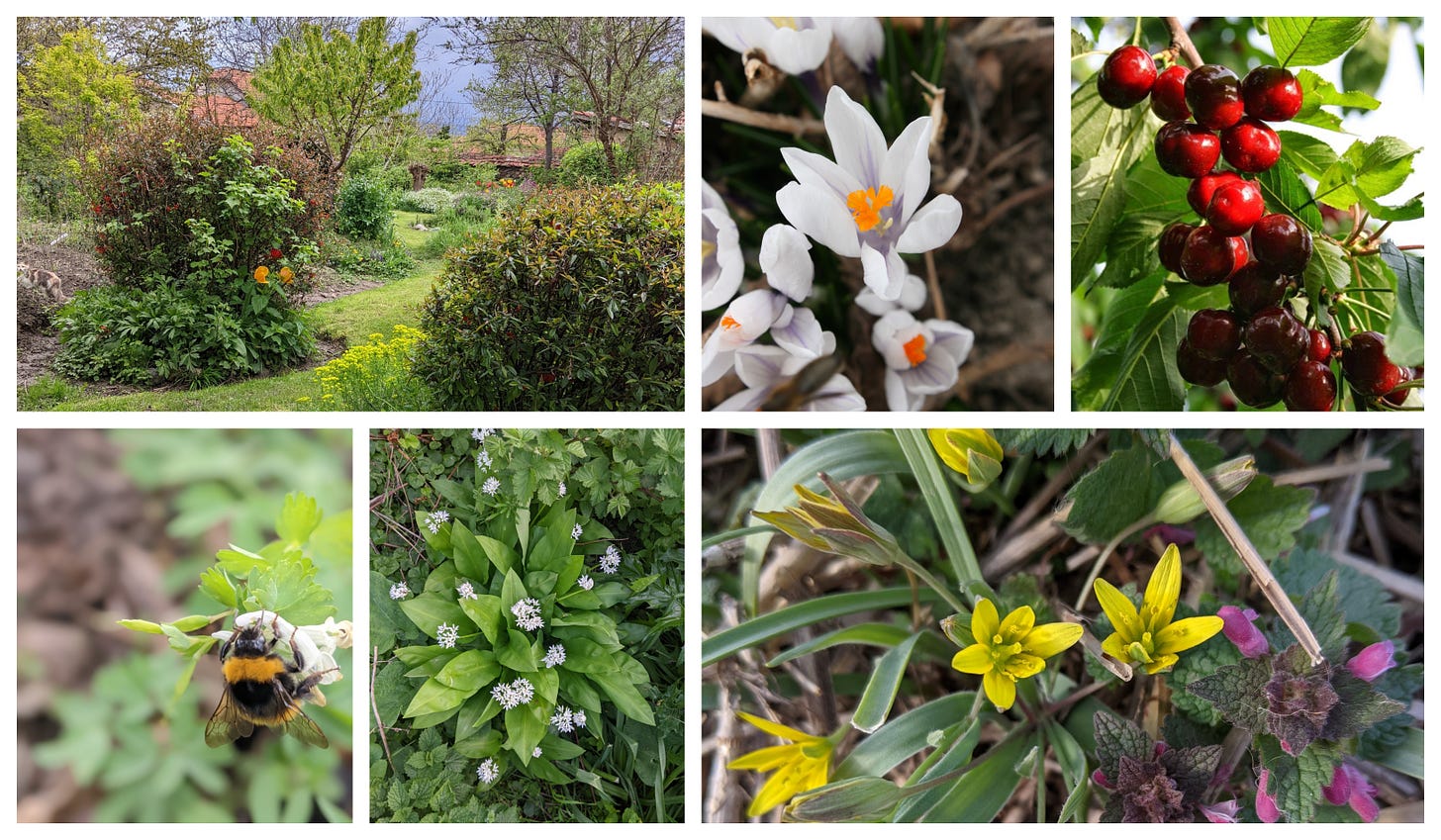
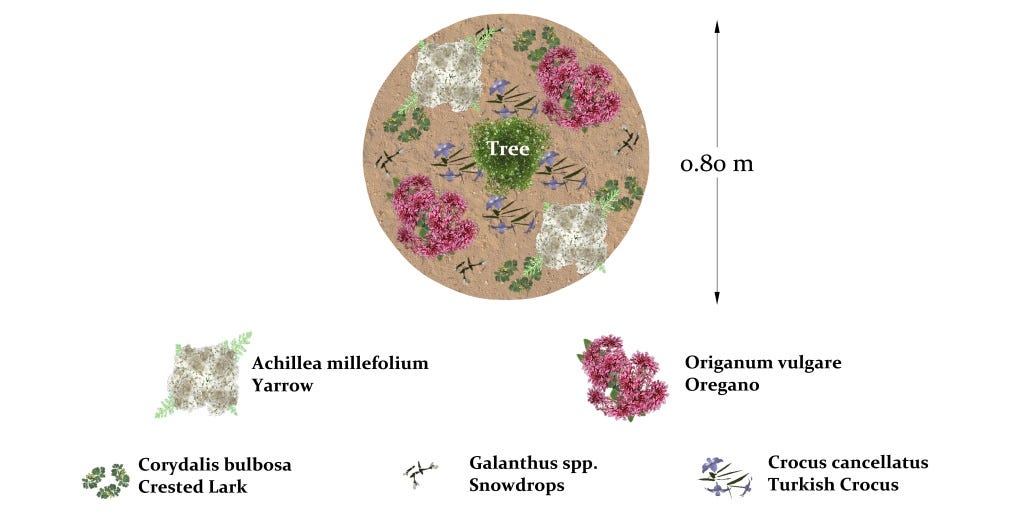

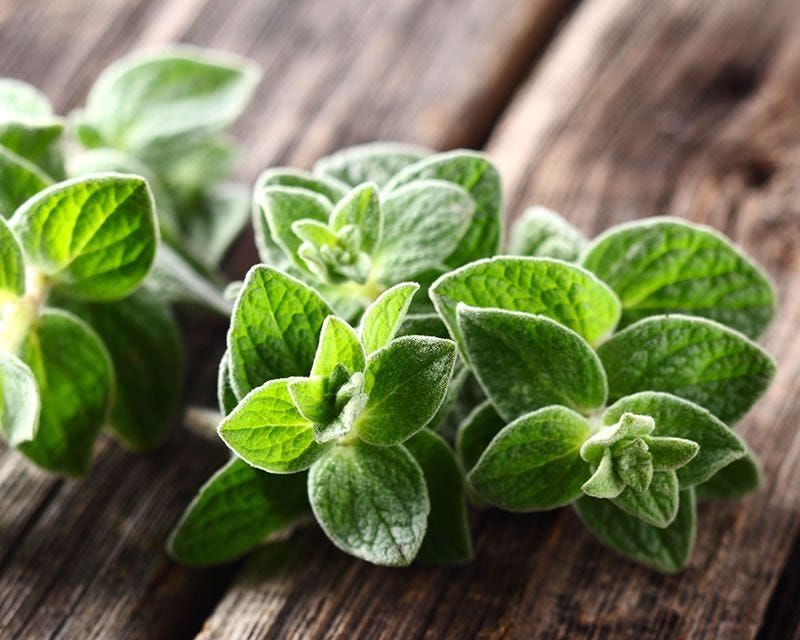
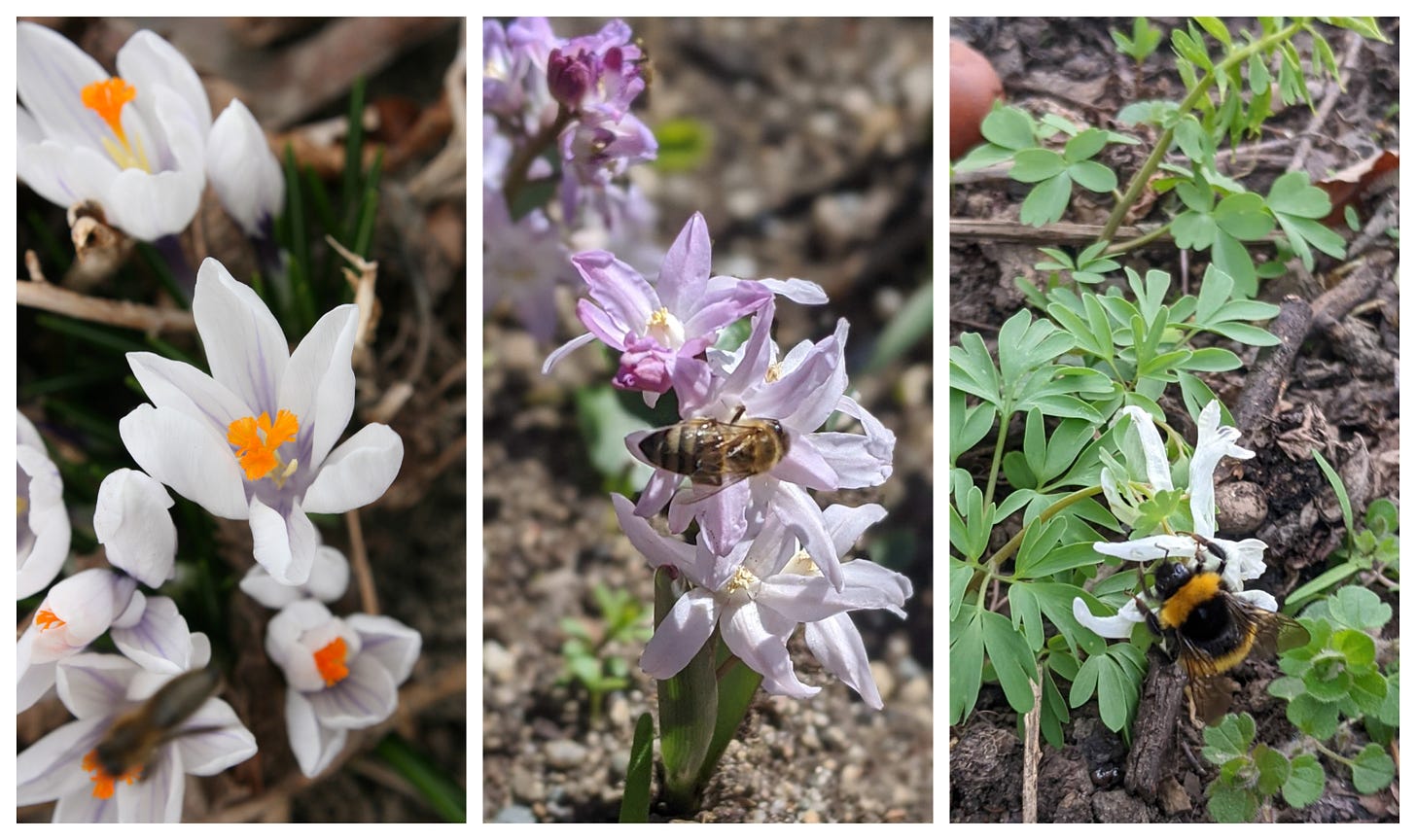

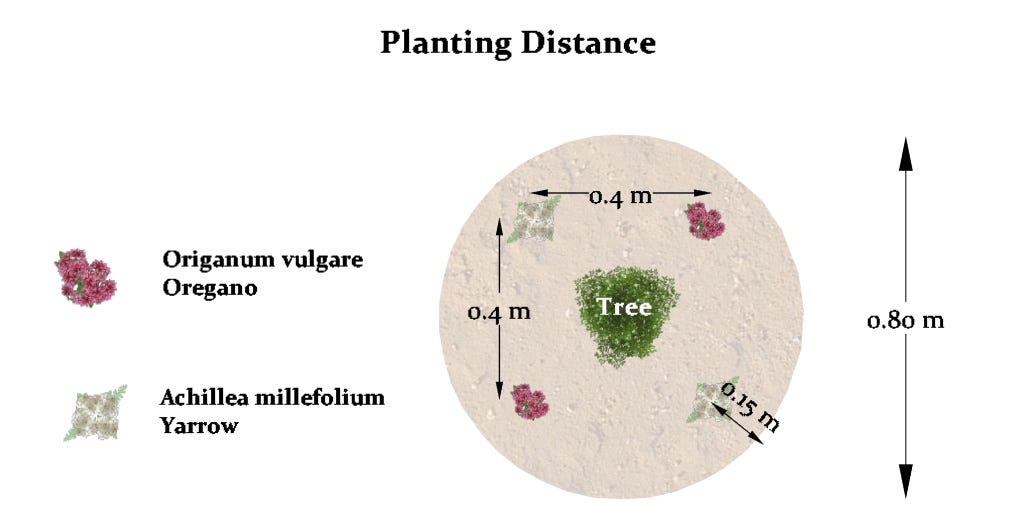



No comments:
Post a Comment